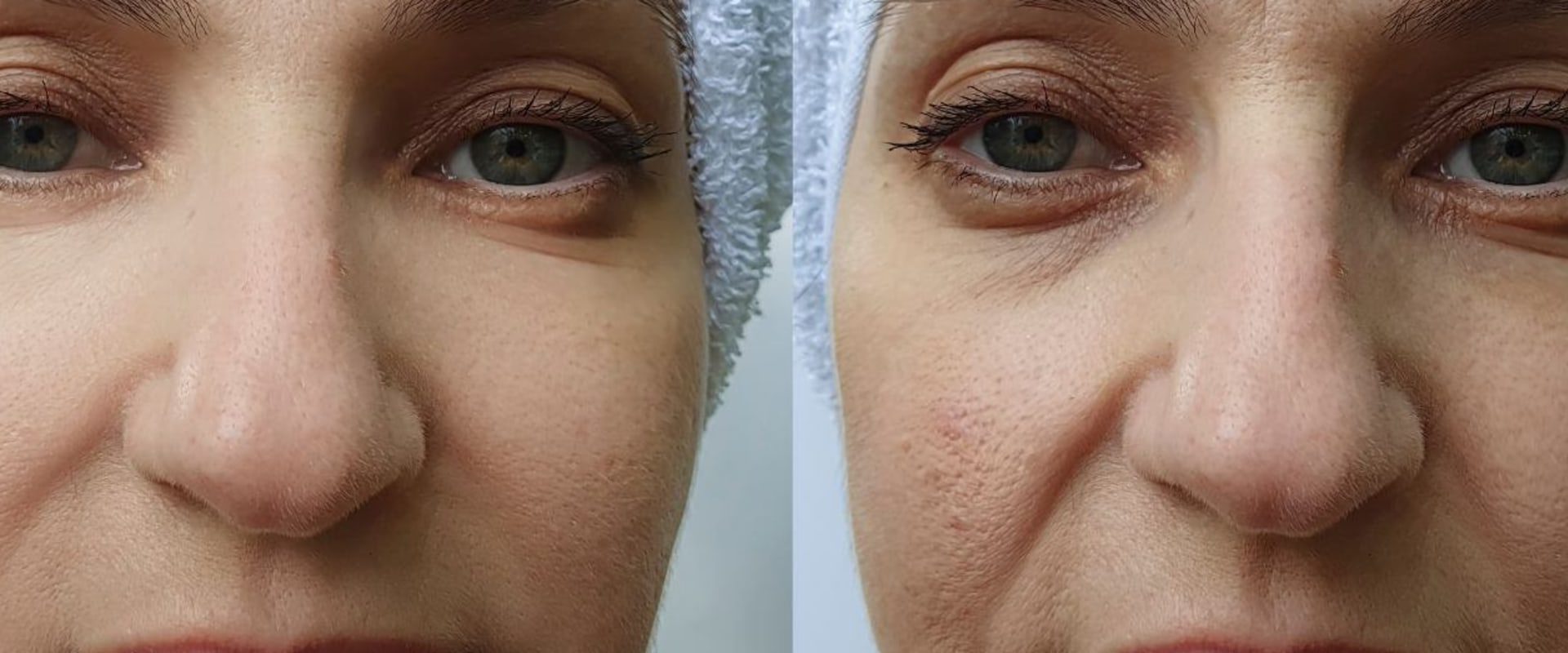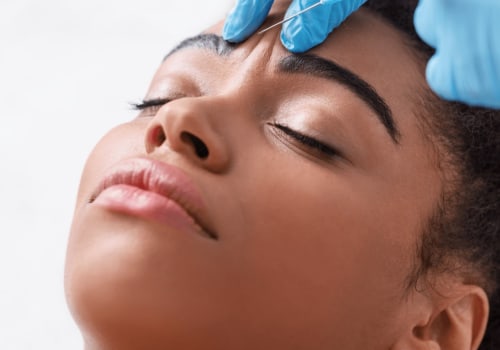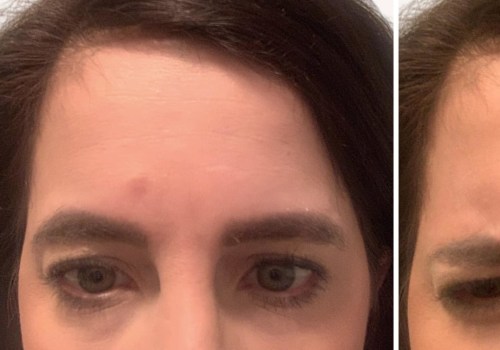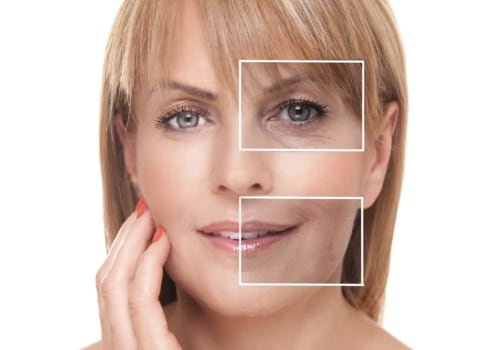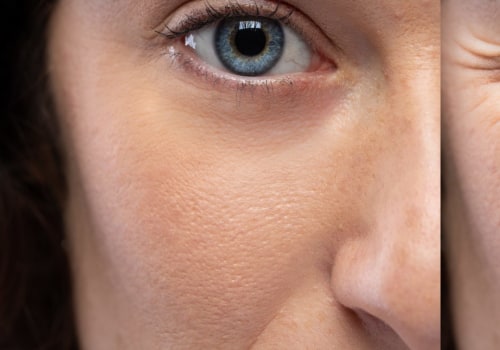Which is Stronger: Botox or Dysport?
Understanding Botox and Dysport
Botox and Dysport are both injectable treatments used to reduce the appearance of fine lines and wrinkles. Both contain botulinum toxin type A, which temporarily relaxes targeted muscles to smooth out facial lines. However, despite their similarities, there are subtle differences between the two in terms of strength, dosage, and performance.
Comparing the Strength: Unit Differences
When comparing Botox and Dysport, it’s important to note that their units are not interchangeable. Dysport is about 1/3 the strength of Botox, meaning it typically takes three units of Dysport to achieve the same effect as one unit of Botox. For example, if you need 20 units of Botox, you may require around 60 units of Dysport for a similar outcome. This does not mean Dysport is weaker; it simply has a different concentration.
Diffusion: Which Spreads More?
Dysport has a different molecular structure compared to Botox, allowing it to spread more easily over a larger area. This diffusion property can make Dysport a better option for treating larger areas, such as the forehead. In contrast, Botox is more precise and tends to stay closer to the injection site, making it ideal for smaller areas like crow’s feet around the eyes.
Onset of Results
Dysport may show results faster than Botox, with visible effects often appearing within 2 to 3 days, compared to 5 to 7 days for Botox. If you are looking for a quicker onset, Dysport might be the better option.
Which One Lasts Longer?
Both Botox and Dysport provide results that last approximately 3 to 4 months. Some studies suggest Dysport may last a bit longer in certain individuals, but the difference is generally minimal.
Which Is Stronger?
The concept of “strength” is subjective when it comes to Botox versus Dysport. While Dysport requires more units to achieve the same effect as Botox, it may offer a broader spread for larger areas, which some might perceive as stronger in those cases. Ultimately, the choice between the two comes down to treatment goals, facial anatomy, and the experience of the injector.
Conclusion
Neither Botox nor Dysport is definitively stronger; instead, each has unique properties that make it more suitable for specific areas and patient needs. Consult a qualified provider to determine which product is the best fit for your desired results.
